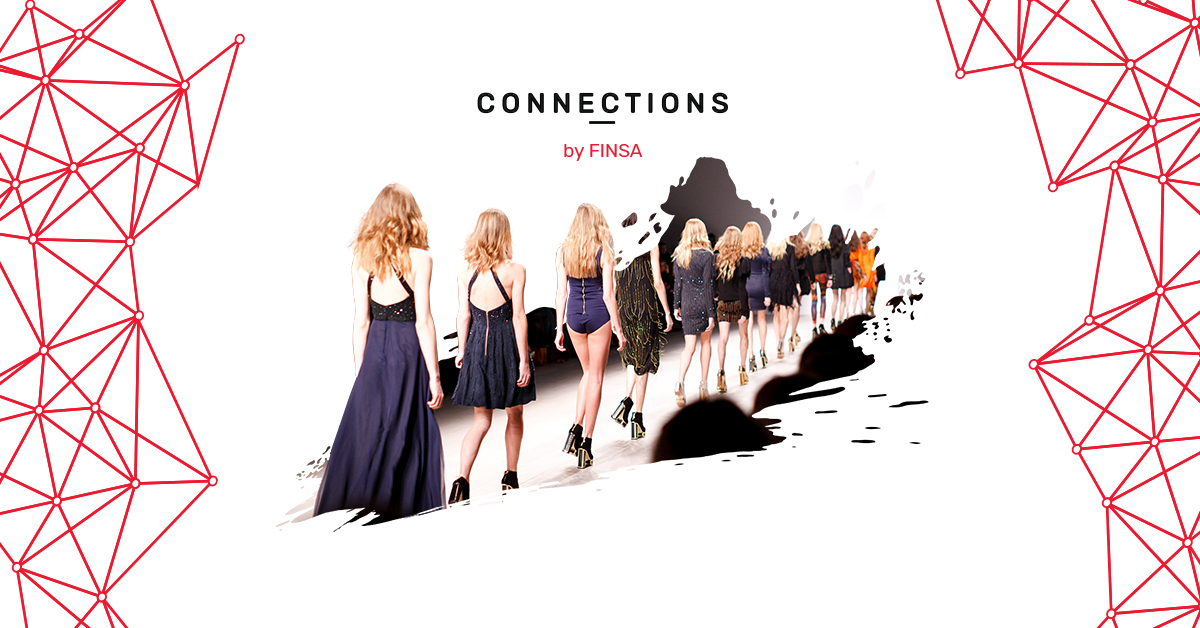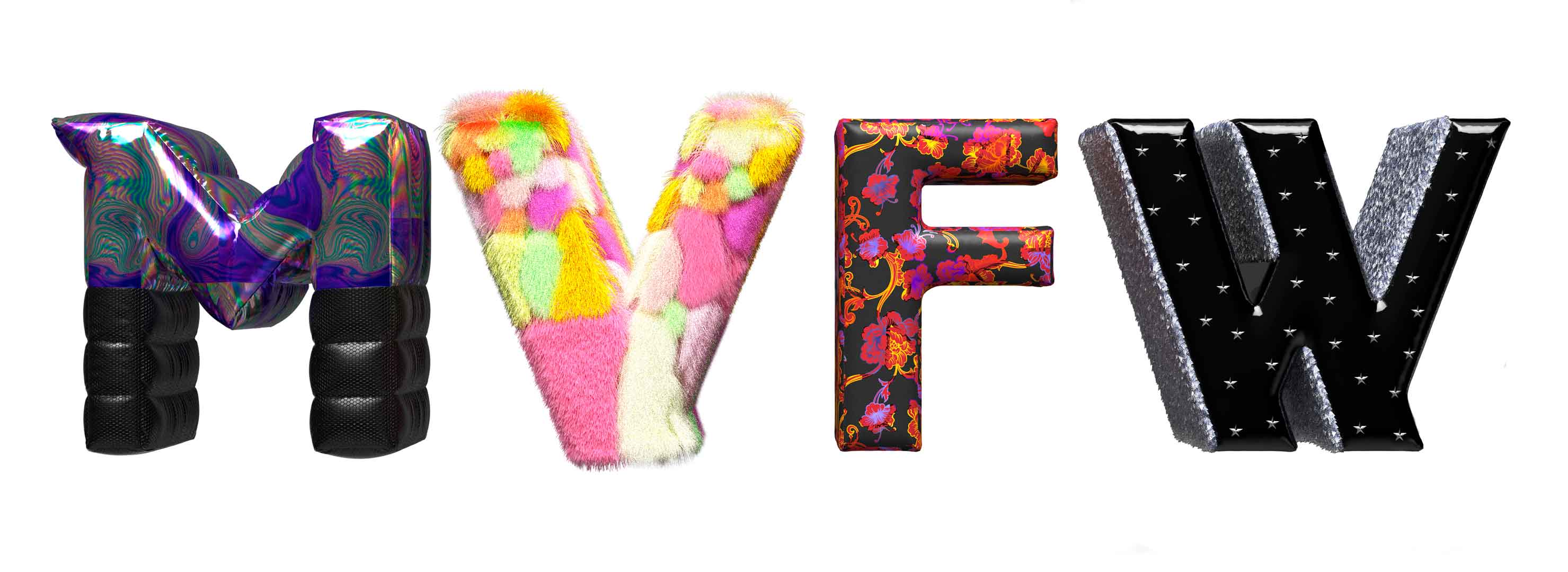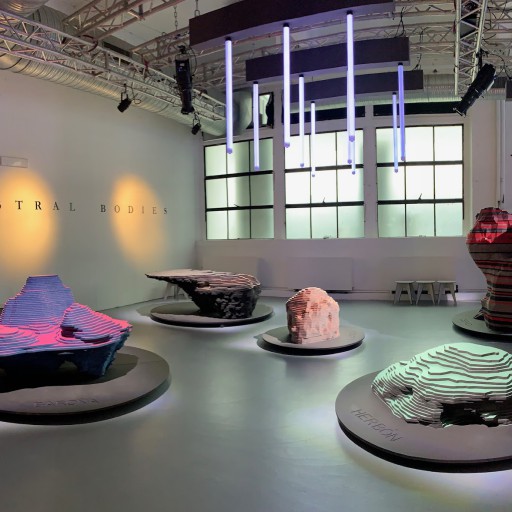Are we destined to turn into androids who wear cybernetics clothing? Fashion in the metaverse is no longer confined to the luxury sector, having reached every type of brand out there. McKinsey estimates that textile companies could generate 5% of their total revenue in the metaverse and achieve profits of five billion dollars by 2030. In 2021, global spending on virtual goods reached 100 trillion dollars, 30% of which was on fashion.

In Research Radar: Metaverse Fashion Week, a report by WGSN, Adidas’ digital director Scott Zalaznik described the presence of brands in the metaverse as something that will “give rise to new opportunities, interaction via digital products, and a path towards a more inclusive future”. And there’s something else that indicates this is where the future lies: Gartner Consulting predicts that by 2026, 25% of the population will be spending at least one hour a day in the metaverse.
Metaverse Fashion Week: the next chapter in fashion
Metaverse Fashion Week marked a turning point for fashion in the metaverse. Described as ‘the next chapter in fashion’, it encouraged industry leaders and anyone else who was interested to learn about the virtual fashion. But unlike the real-life event, anyone could attend via an avatar. In the space of just three days, MFW brought together more than 70 brands and 108,000 attendees at Decentraland. The landmark event was complemented by other cryptofashion events including including Cyber Fashion Week, Crypto Fashion Week, and Digital Fashion Week.
Both digital and traditional brands could be found at Decentraland, although there were some notable absences, including the brands who were first to enter the metaverse, Gucci and Balenciaga. The platform made it possible to access the event from any computer, although more opportunities to participate were available to those who already had a cryptocurrency wallet. The event was divided up into districts, just like the physical fashion week, with the addition of shows, virtual stores, and collectors’ items.

Let’s take a look at how a few brands turned up to Metaverse Fashion Week, starting with Estée Lauder, the only beauty brand that participated, who launched this free beauty filter as part of its campaign for a new repairing night serum:
We’ve transformed #AdvancedNightRepair into a #Metaverse experience and created a wearable NFT inspired by our number one serum designed by #EsteePartner @thealexbox. Experience it for yourself & get the wearable before it’s gone @decentraland’s #MVFW now: https://t.co/nV9zILb956 pic.twitter.com/7l4tgrOS89
— Estée Lauder (@EsteeLauder) March 25, 2022
Mango promoted three pieces of virtual art by cryptoartist Farkas, which were exhibited in the Museum District of Decentraland. The pieces were inspired by the brand’s clothing and were not for sale.
Metaverso and fashion: the present and the future
Digital fashion is nothing new, but development of the metaverse has generated more interest, leading brands to develop new products, both with and without added value. Given the impact of Metaverse Fashion Week and some of the more ground-breaking examples of digital fashion on display there, McKinsey explains that any company that wants to break into the metaverse must first ask themselves a series of questions: will they position themselves as a disruptor or a follower? How and where will they connect with consumers? Actively, via commercial experiences? And what will be their long-term strategy? The consultancy also predicts that companies, both in the fashion world and other sectors, will have new tech staff, with everything from 3D designers to legal professionals specialising in the metaverse. It’s exactly what happened with the digital world.
For the moment, the metaverse is a space in which to compare and test trends. Jordi Álex Morendo, director of Technology, Data, Privacy, and Security at Mango, explains that the brand continues to strive for innovation while also connecting with new and younger audiences, saying that “this space can provide very valuable information. Right now, it’s not a place in which to sell, but rather somewhere that innovation can be explored and maintained”. This vision is shared by Nike president, John Donahoe. After buying RTFKT, a virtual sneaker design and selling platform, he declared that it was all ‘a way of accelerating Nike’s virtual transformation’.
Ver esta publicación en Instagram
We also have to rethink the role of physical spaces in retail as complementary to, or an expansion of, fashion in the metaverse. In this article from FRAME, they explain that even cryptofashion brands are finding that they need stores that can be visited in person and give the example of pop-up stores as a potential way to bridge the gap between physical and digital realities.




